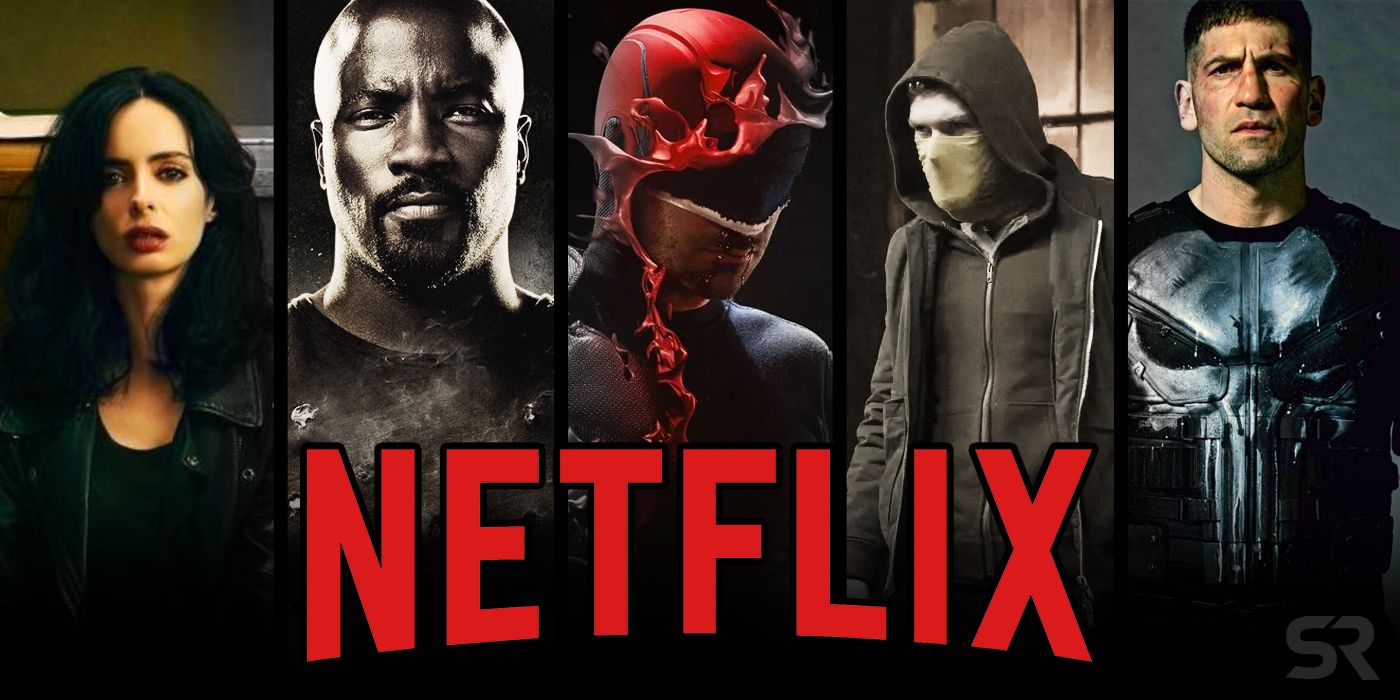
The Marvel Netflix shows have been dropping sharply in popularity according to new viewership data provided exclusively to Screen Rant. This certainly explains the surprising, high-profile cancellation of Iron Fist and Luke Cage - in the case of Iron Fist, just a month after the release of season 2.
Netflix has always been reluctant to provide viewing figures for its series. "Once we give a number for a show," Netflix's chief content officer Ted Sarandos explained to the New York Times in 2016, "then every show will be benchmarked off of that show even though they were built sometimes for very specific audiences." But that means viewers struggle to understand the rationale behind the streaming giant's business decisions, and cancellations become shocking and surprising.
Related: Why Netflix Cancelled Iron Fist (Despite An Improved Season 2)
Given the absence of solid data, analytics firms have stepped in to fill the gap in our knowledge. Screen Rant has spoken exclusively to Jumpshot, a San Francisco-based analytics company. Their anonymized global panel tracks five billion actions a day across 100 million devices to deliver insights into online consumer behavior. To compile the data on Netflix Originals, it looked at the viewing behavior and activity of the company's US members. While this data has limitations - it's US-specific and based on clicks rather than explicit viewing habits - it nevertheless gives us our best look yet at just what's going on with the Marvel series.
- This Page: Marvel Netflix Shows Have Been Losing Viewers Since Daredevil Season 2
- Page 2: The Big Drops For Luke Cage, Iron Fist and Daredevil
- Page 3: Why Marvel Netflix Shows Are Losing Viewers
Marvel Netflix Shows Have Been Losing Viewers Since Daredevil Season 2

Jumpshot began monitoring Netflix viewing habits in 2016, and for the purpose of this analysis they've created an index to show the relative number of viewers against Daredevil season 2. As seen in the above graph, there's a disturbingly clear downward trend; bar two notable examples, every season got substantially less than the one before, to the point that Iron Fist season 2 came it at just a quarter of Daredevil season 2.
While it's not unusual to see that kind of pattern with a long-running show, it's far more surprising to see it clearly running through multiple different series. It suggests that audiences are interacting with the Marvel Netflix brand as a single entity, rather than dipping in and out of the different series. And that's a huge problem for Netflix.
It's important to understand that Sarandos wasn't lying when he seemed to hint viewing figures don't mean as much to Netflix as they do to other companies. Netflix is a data-driven company, and the secret to their success lies in algorithms. A sophisticated algorithm divides viewers into roughly 2,000 "taste communities," with each person part of three or four of them. The more shows a person watches, the more the algorithm understands which taste communities they're part of, and the more it tailors Netflix's recommendations to their individual interests. So long as each Marvel Netflix series retains its own discrete audience, then they're still a good investment for Netflix. However, if viewers really are interacting with Marvel as a brand rather than with the individual shows, then they lose value for the streaming giant; they may no longer be appealing to those diverse taste communities.
Related: What Luke Cage & Iron Fist Seasons 3 Would Have Been About
In the end, should the trend continue, there will come a time where only the hardcore Marvel fans are tuning in; given Netflix will lose the bulk of its Marvel content to the Disney streaming service, that will probably be the point of no return for the Marvel/Netflix partnership.
Punisher and Daredevil Season 3 Are The Only Shows To Improve On The Trend
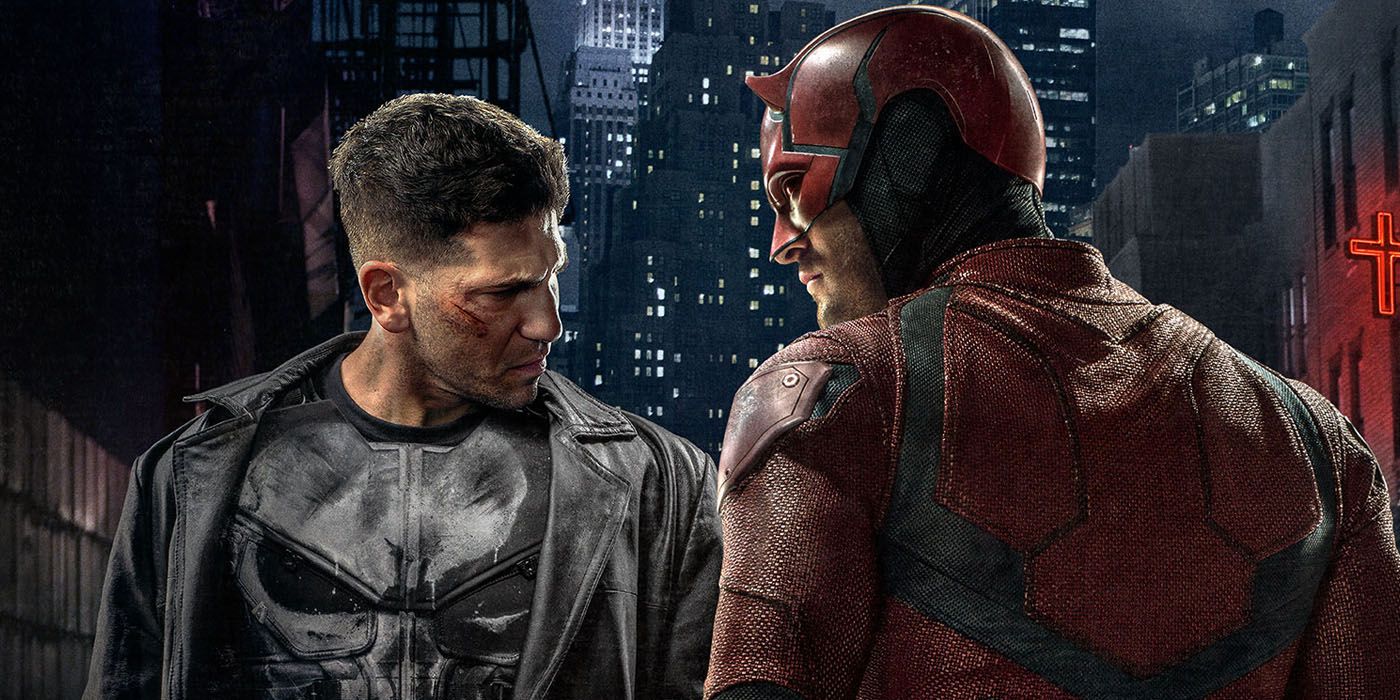
Only two shows seem able to resist the downward trend; The Punisher and Daredevil season 3. While neither season came close to matching Daredevil season 2 where the pair were last seen, they both saw increased viewership compared to the shows that came before.
Unsurprisingly, these are the strongest individual brands in the Marvel Netflix range; Daredevil is a popular character who's even been star of a movie before, and his series has a level of brand recognition that Jessica Jones, Luke Cage, and Iron Fist frankly don't. Season 3's first-week performance is gratifying, and hopefully strong word-of-mouth will bolster it. A fourth season may well be a smart move.
The Punisher, meanwhile, has often been described as a cultural phenomenon. "The Punisher is perhaps the most ubiquitous comic character, worldwide," comic book writer Nathan Edmondson told ComicVine when discussing his Punisher run. "Soldiers wear him on their uniforms who haven’t read a comic in their lives; sex toys are nicknamed for him, racecars and wrestlers take on the skull or namesake, despite having little awareness of the actual comic." Unfortunately, though, it's possible to overstate the strength of The Punisher brand on Netflix; the series may simply have experienced a first season "bounce." The extra viewers didn't stick around for Jessica Jones season 2, which returned to the trend, but will they return when the second season of The Punisher streams next year? The answer may well dictate whether or not Netflix move to signing off spinoffs like Daughters of the Dragon or Heroes for Hire.
Page 2 of 3: The Big Drops For Luke Cage, Iron Fist and Daredevil
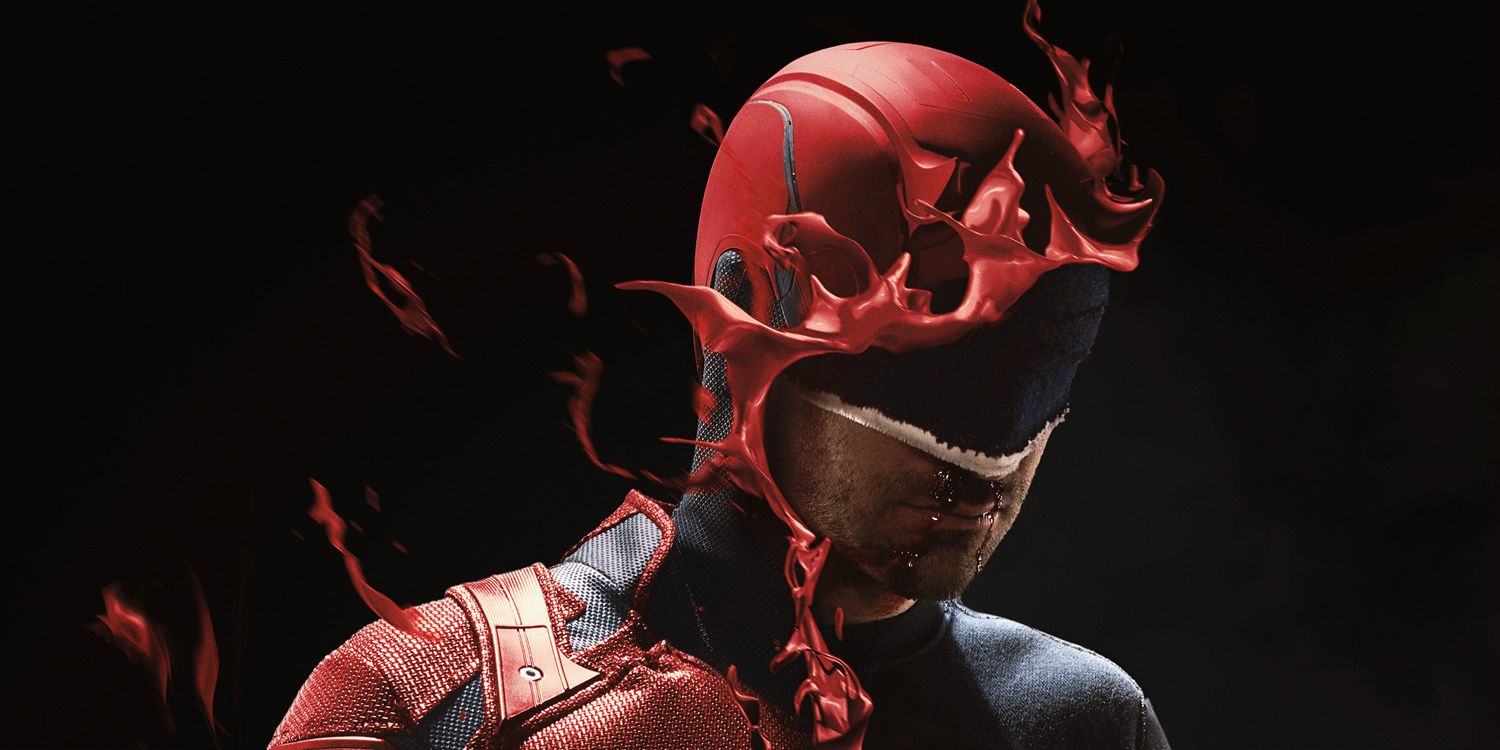
Daredevil Season 3 Got Half Of Season 2 In First Week (And Less Than Jessica Jones Season 2)
Jumpshot's data indicates that the Marvel Netflix shows - and, indeed, probably all Netflix Originals - follow a fairly predictable pattern in terms of overall performance; the bulk of their viewers tune in for the opening week, and views subsequently drop, until they reach a basic "background level." Jumpshot has provided another index indicating how the different Marvel Netflix series performed in their first weeks, again compared to Daredevil season 2. Here's how they look:
- Daredevil season 2: 100
- Luke Cage season 1: 92
- Iron Fist season 1: 80
- The Punisher season 1: 70
- The Defenders: 61
- Jessica Jones season 2: 53
- Daredevil season 3: 43
- Luke Cage season 2: 38
- Iron Fist season 2: 29
Related: When Are Marvel's Other Netflix Shows Returning?
The exact figures give a sense of scale to the diminishing views. In the case of Daredevil season 3, they show just how significant an outlier this really is when compared to the overall trend. Following the drop, you'd have expected the show to score just 20 on the index, with only one-fifth of viewers sticking around for season 3. Instead, it scored 43, strongly suggesting that the Daredevil brand stands apart from the rest of the Marvel Netflix series.
At the same time, though, this isn't all good news for Daredevil. After all, the figures do still show a significant reduction in viewers; less than half the people who watched season 2 have tuned in for the third season. If this particular brand really is more distinct, separate from the other Marvel Netflix series, then it's possible the two-year wait between seasons has sapped general interest. Hopefully, strong word of mouth will ensure it takes a while for Daredevil season 3 to fall to background levels of viewership.
Read More: Daredevil Season 3 Lost 57% Of Season 2 Viewership In First Week
Iron Fist & Luke Cage Seasons Were A Third of Their First Seasons

Incredibly, according to Jumpshot both Iron Fist and Luke Cage lost roughly two-thirds of their viewers between their first and second seasons. Compared to their first seasons, Luke Cage lost 59 percent of its viewers, while Iron Fist lost 64 percent. As Jumpshot's chart shows, Iron Fist season 2 dropped back to background levels of views within just a few weeks. Marvel fans were surprised when Netflix canceled Iron Fist just a month after the second season's release, but these viewing patterns certainly explain the decision.
Read More: Iron Fist & Luke Cage Cancellation Reason Revealed By Netflix Viewer Data
The stats make the debate over Luke Cage's cancellation rather more interesting. There have been strong rumors that Netflix wanted to renew that series, but that there were the dreaded "creative differences" between Marvel and the streaming giant. The original deal was for a 13-episode series, but it's reported that Netflix wanted to cut the series down to 10 episodes - probably due to costs. Production of these Marvel Netflix shows isn't cheap, after all, and as a result Deadline claim that "there has been pressure on [Luke Cage] to overperform in viewership." With Marvel and Netflix unable to reach an agreement, the viewing figures just weren't there to save Luke Cage.
Page 3 of 3: Why Marvel Netflix Shows Are Losing Viewers
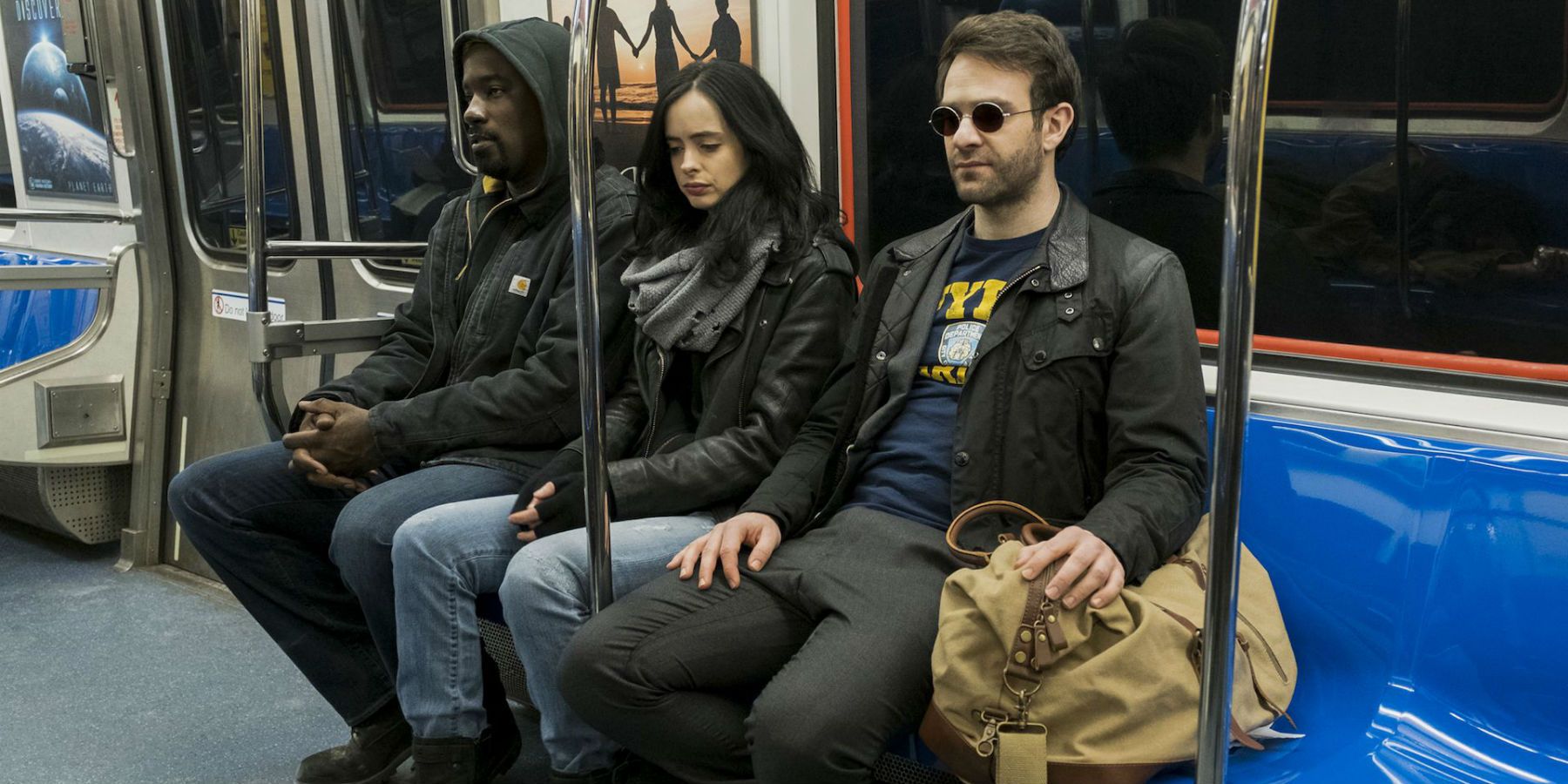
Netflix Has Got Too Big For Marvel To Break Through
What is driving the decline of Marvel Netflix? Part of the problem, strangely enough, is likely the streaming giant's increasing focus on original content. In 2017, Netflix spent $6 billion on original content; for 2018, it planned to spend $8 billion. The streaming service also intended to release 80 original films this year, and a staggering 700 TV shows. No less than 60 different Netflix Originals premiered in October, ranging from Creeped Out to The Haunting of Hill House, from Making A Murderer: Part 2 to The Chilling Adventures of Sabrina. When Daredevil season 3 released on October 19, it was competing against 10 other Netflix Original series and three Netflix movies. Netflix is simply getting too big for Marvel to break through.
That's especially the case if, as suggested earlier, the Marvel Netflix shows are increasingly being watched only by Marvel fans. The natural consequence of that would be that Netflix's algorithms would prioritize other content, original series and films that appeal to the different taste communities. Netflix don't tend to invest heavily on advertising for their shows, simply trusting to the algorithm to offer viewers something they're interested in. That may be beginning to damage the Marvel Netflix productions.
The Marvel Netflix Series Are Hit-And-Miss
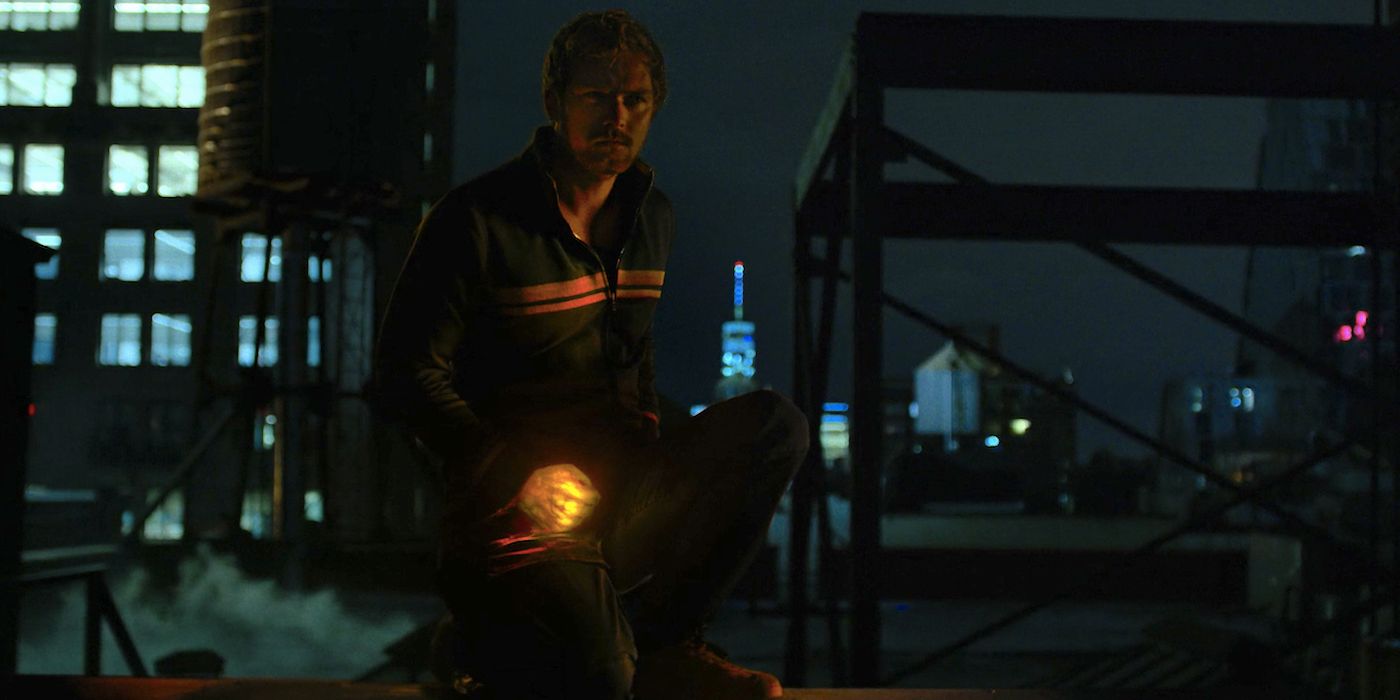
Meanwhile, it's also important to note that the quality of the Marvel Netflix shows has varied wildly. Although Daredevil has retained roughly the same quality level, with each season receiving critical and popular acclaim, the same hasn't been true of the other series. The lowest point was undoubtedly Iron Fist season 1, which was slated by viewers and critics alike. Marvel changed showrunner, and worked hard to redeem the character for a much-improved second season, but it seems it was too late.
A related issue, one that perhaps encourages audiences to interact with the Marvel shows as a single brand rather than as individual series, is the fact that they all share the same problems. Even the first season of Daredevil was criticized for its poor pacing, but the same complaints are still being made three years later. Every series needs to find its own balance, shaped by the kind of story it wants to tell, the genre it operates in, and the character dynamics in play. Without exception, the Marvel series have been criticized for failing to get the pacing right. There were finally signs of improvement with Iron Fist season 2 and Daredevil season 3, but again it seems to have been too late. After all, realistically it shouldn't take Marvel between 10 and 12 seasons to adjust their formula in response to common complaints.
Related: Daredevil Season 3's Ending Explained
There's Too Much Marvel Netflix, So People Give Up
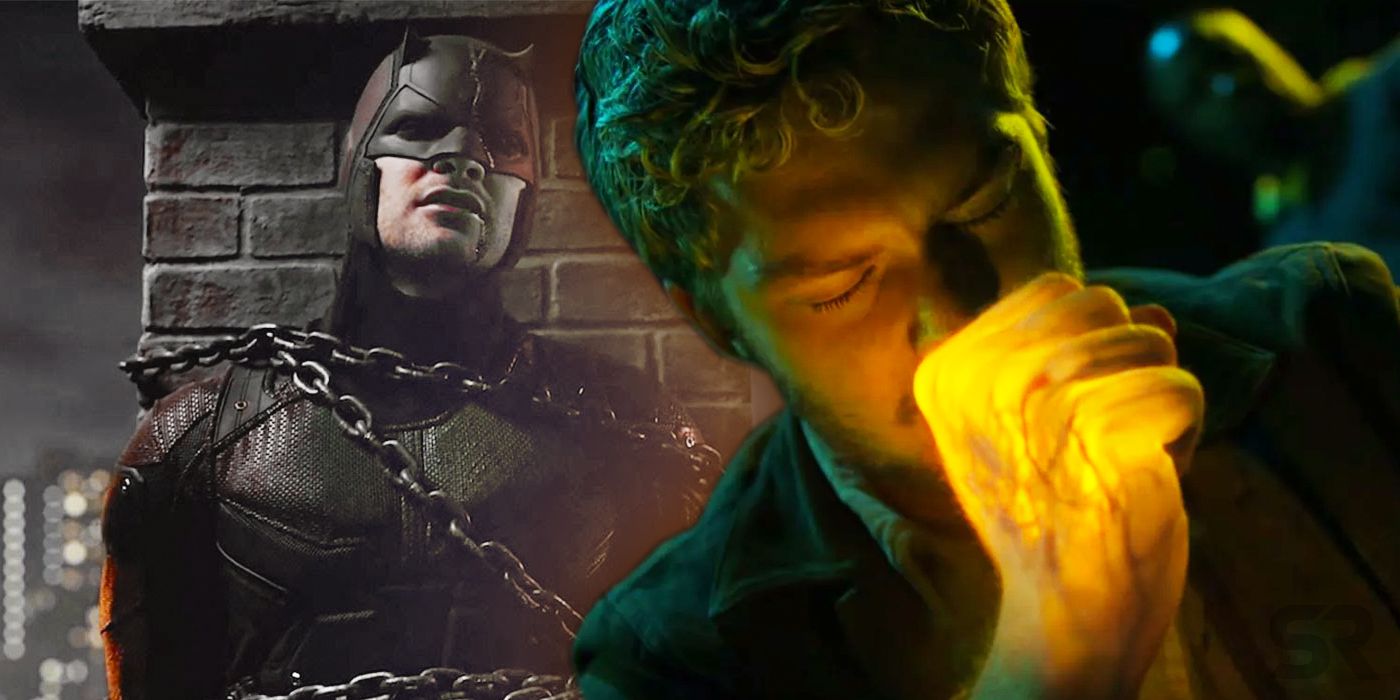
There's one final variable; the fact that Marvel is producing so much content on the streaming service. When the partnership between Marvel and Netflix began in 2015, they released only two shows a year. Last year, there were three; this year, there have been four. There hasn't even been much of a gap, either; Iron Fist season 2 came out on September 7, Daredevil season 3 on October 19.
Back in 2015, when a Marvel series dropped on Netflix it was an event. Now, it's par for the course. This immediately means that the problems and issues with the various Marvel shows will become increasingly evident to audiences, and Marvel will be unable to correct. And, as in any medium, you can reach a saturation point when audiences have too much of the same thing. With four Marvel Netflix series releasing in 2018, how do viewers choose which one to prioritize? All four shows felt as though they mattered, as though they were equally important to their characters' worlds.
-
While the data provided by Jumpshot has its limitations, it's tremendously valuable in letting us get a glimpse of what's going on behind the curtain. Netflix's recent decisions - the cancellation of first Iron Fist, and then Luke Cage - suddenly make a lot more sense.
But what will the future hold for the Marvel Netflix world? The Punisher season 2 has already wrapped up production, and Jessica Jones season 2 is still filming, so those will presumably drop in 2019. The first season of The Punisher was an outlier from the trend, performing surprisingly well, and Netflix will be watching the season 2 viewing figures carefully. Meanwhile, the fact that Daredevil season 3 is another outlier indicates the Man Without Fear may well still hold a powerful appeal.
More: What To Expect In Daredevil Season 4
from ScreenRant - Feed https://ift.tt/2QeKgYR

0 Comments